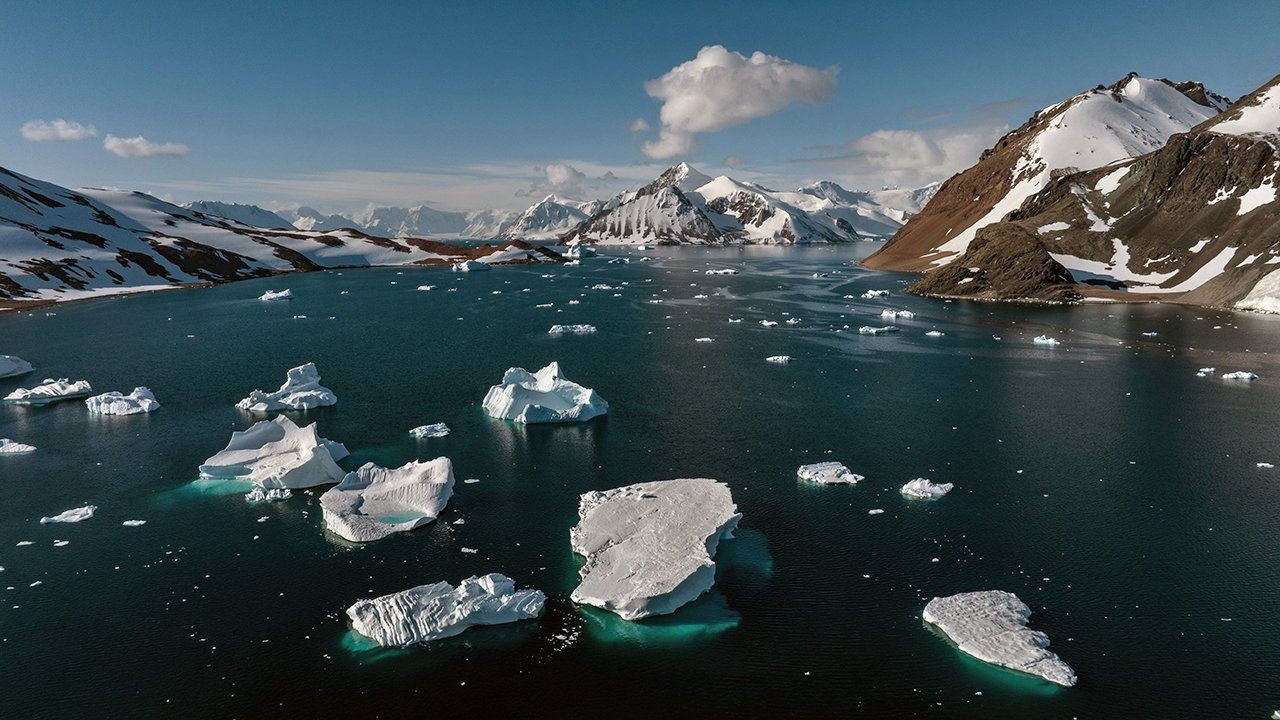Free Courses Sale ends Soon, Get It Now


Free Courses Sale ends Soon, Get It Now



Disclaimer: Copyright infringement not intended.
Context
Details
The Dynamics of Antarctic Sea Ice
Unpredictable Patterns
Modeling Challenges
Sea Ice Thickness Variations
The Way Forward
|
PRACTICE QUESTION Discuss the current loss of Antarctic sea ice, its implications for global climate dynamics, and the challenges it provides to climate models. How may new modeling capabilities and measurements help us better understand this phenomenon? |
© 2024 iasgyan. All right reserved